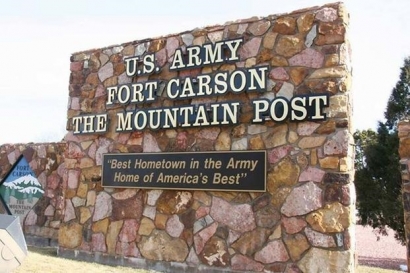
The large, revenue-generating BESS operates behind Fort Carson’s electric utility meter. It reduces electrical demand during peak intervals, thereby increasing power grid resilience. Because it was procured via ESPC, it required no capital expenditure by the Army.
Implementation of this first-of-its-kind project will combine AECOM’s development, integration and construction expertise with Lockheed Martin’s modular, resilient GridStar® energy storage units and Geli, Inc.’s predictive analytics control software. The BESS is intended to substantially reduce demand charges that Fort Carson pays to its electric provider.
Currently the primary use-case for the BESS is for demand charge reduction, but the BESS may assume additional missions, such as renewables optimization (Fort Carson has large photovoltaic assets), frequency and voltage support for Fort Carson’s distribution grid and, potentially, microgrid support.
“Lockheed Martin is pleased to collaborate with AECOM to develop and implement the new military infrastructure that will help Fort Carson increase its resiliency and reduce its electricity costs,” said John Battaglini, director with Lockheed Martin Energy. “The versatility of energy storage is a key enabler for the military’s aggressive goals of achieving energy resiliency.”
Lockheed Martin’s GridStar® Lithium turnkey energy storage systems are Underwriters Laboratories (UL) 9540-certified, compact, easy to install, and scalable from 100 kW to multi-MW projects. GridStar® Lithium is ideal for applications such as solar-plus-storage, demand charge reduction at commercial industrial and military facilities, and peak load management at utilities

